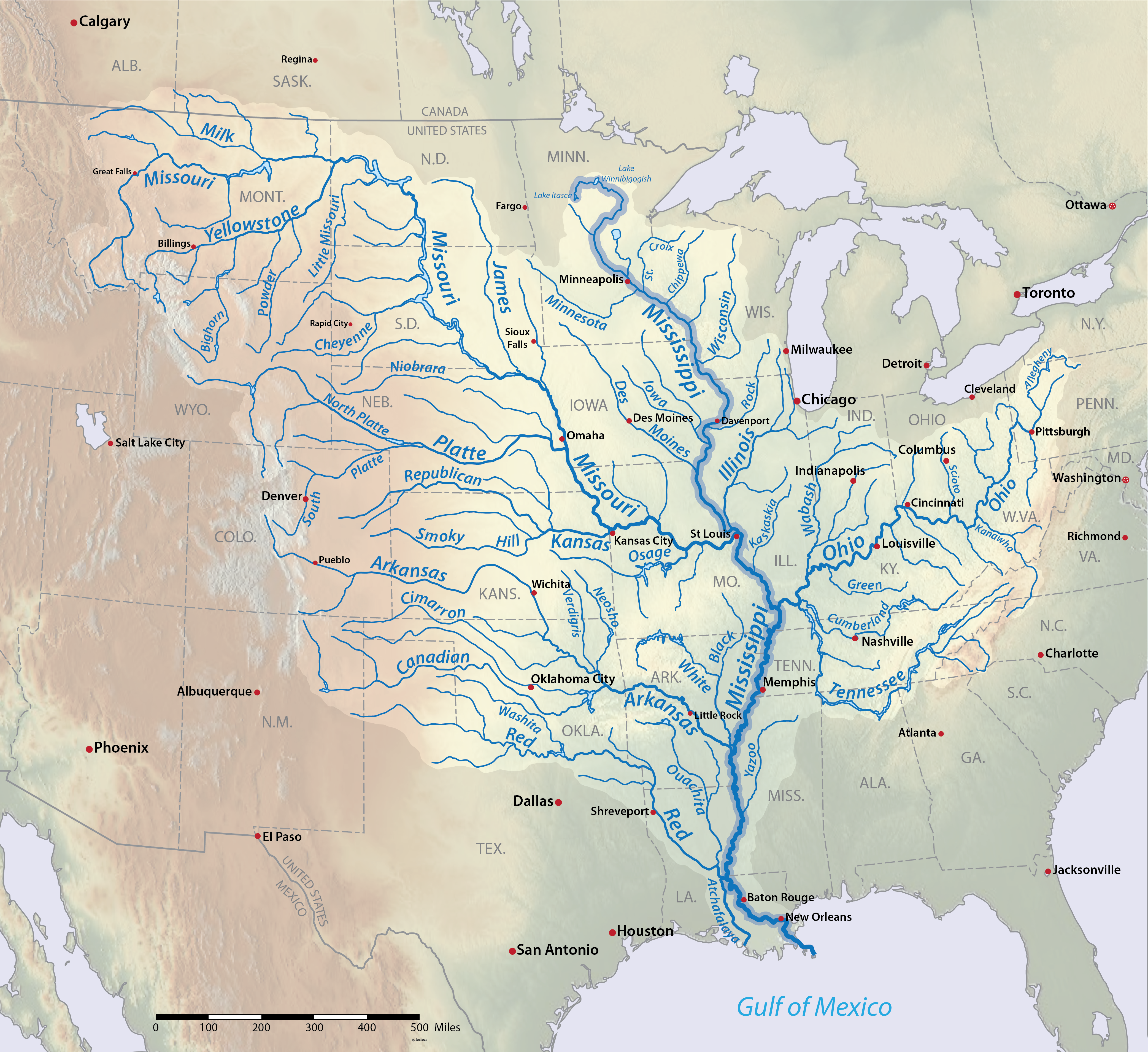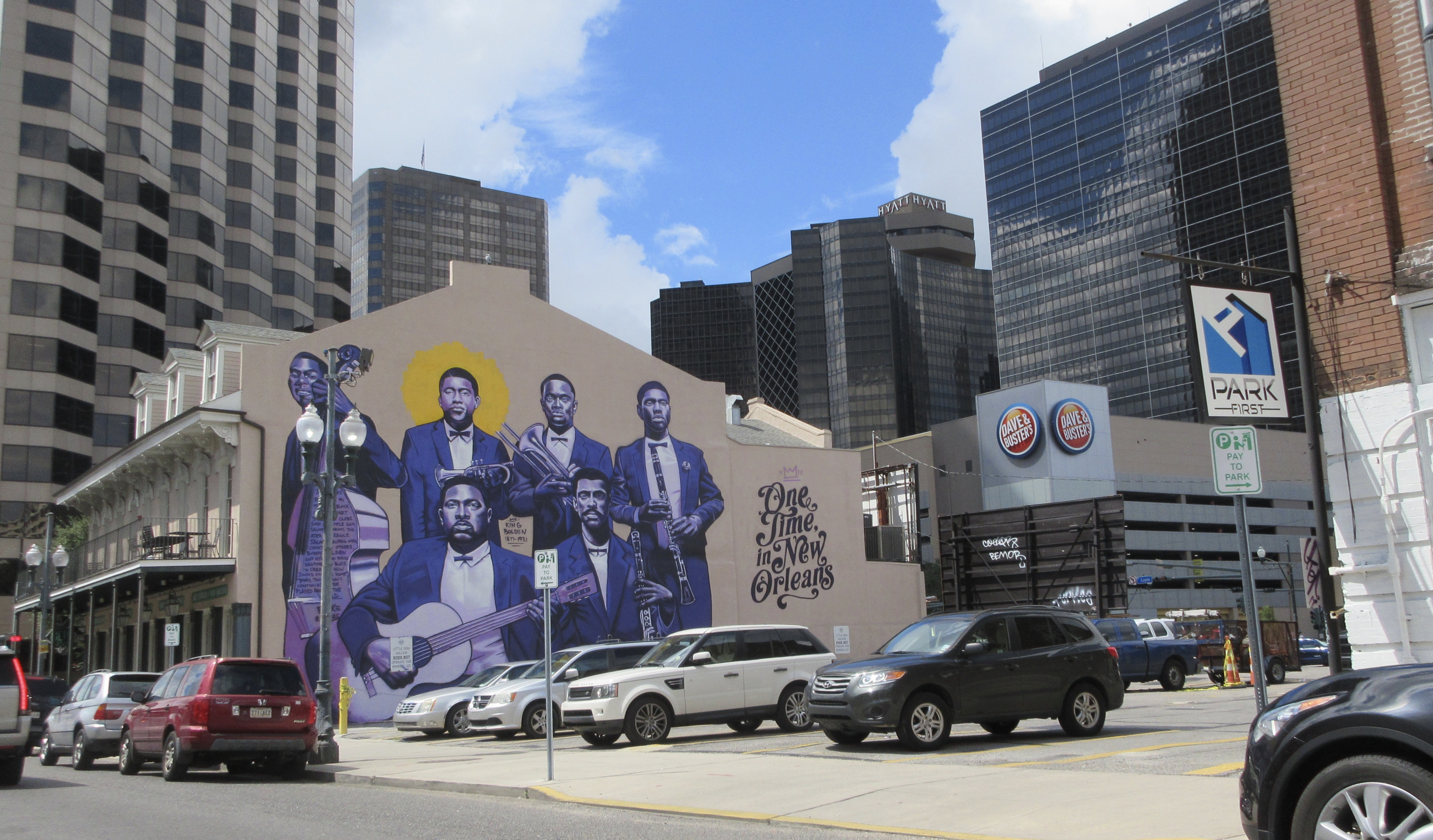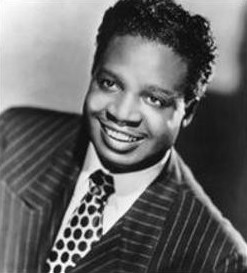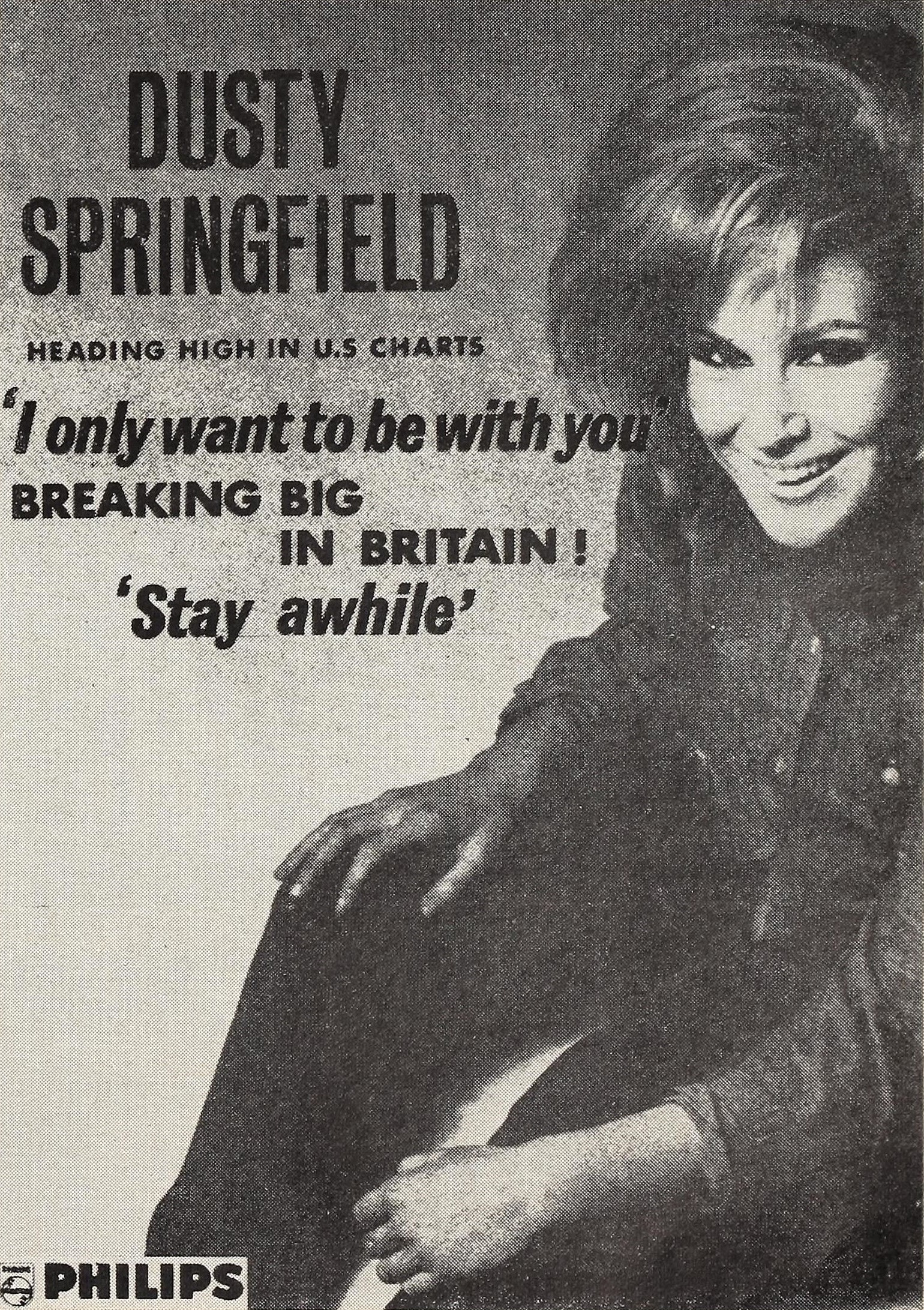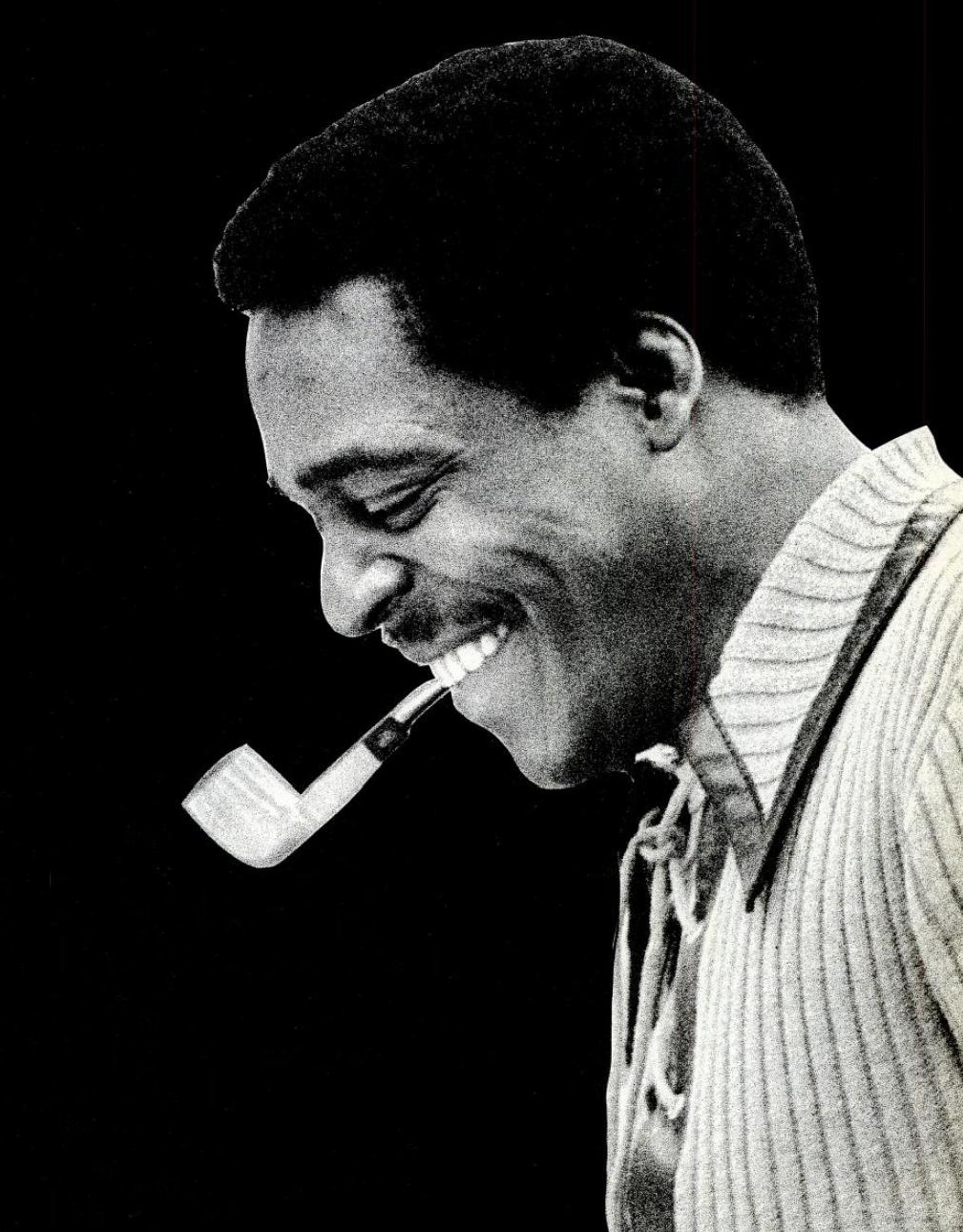|
Swamp Rock
Swamp rock is a genre of rock music Rock is a Music genre, genre of popular music that originated in the United States as "rock and roll" in the late 1940s and early 1950s, developing into a range of styles from the mid-1960s, primarily in the United States and the United Kingdo ... that originated in the mid-1960s as a fusion of rockabilly and soul music with swamp blues, country music and funk. The genre originated in Louisiana by artists such as Tony Joe White, but was subsequently popularized by California band Creedence Clearwater Revival. Characteristics Swamp rock fuses rockabilly and soul music with swamp blues, country music and funk. Swamp blues provided swamp rock with its defining guitar sound, which was low toned and often reverberated. The sound also frequently uses horns, due to its soul influence, although solos are more commonly performed on guitars. Also contributing influence to the sound of swamp rock was the hard, guitar-driven sound of British Invasion ... [...More Info...] [...Related Items...] OR: [Wikipedia] [Google] [Baidu] |
Rockabilly
Rockabilly is one of the earliest styles of rock and roll music. It dates back to the early 1950s in the United States, especially the Southern United States, South. As a genre, it blends the sound of Western music (North America), Western musical styles such as country music, country with that of rhythm and blues, leading to what is considered "classic" rock and roll. Some have also described it as a blend of bluegrass music, bluegrass with rock and roll. The term "rockabilly" itself is a portmanteau of "rock" (from "rock 'n' roll") and "hillbilly", the latter a reference to the country music (often called "Hillbilly#Music, hillbilly music" in the 1940s and 1950s) that contributed strongly to the style. Other important influences on rockabilly include western swing, boogie-woogie, jump blues, and electric blues. Defining features of the rockabilly sound included strong rhythms, boogie woogie piano riffs, vocal twangs, doo-wop acapella singing, and common use of the tape echo; a ... [...More Info...] [...Related Items...] OR: [Wikipedia] [Google] [Baidu] |
Dale Hawkins
Delmar Allen "Dale" Hawkins (August 22, 1936 – February 13, 2010) was a pioneer American rock singer, songwriter, and rhythm guitarist who was often called the architect of swamp rock boogie. Career Hawkins was born in Goldmine Plantation in Richland Parish, Louisiana, and while in his early teens moved with his family to Bossier City. He began recording in 1956. In 1957, Hawkins was playing at Shreveport, Louisiana clubs, and although his music was influenced by the new rock and roll style of Elvis Presley and the guitar sounds of Scotty Moore, Hawkins blended that with the uniquely heavy blues sound of black Louisiana artists for his recording of his swamp-rock classic, " Susie Q." Fellow Louisiana guitarist and future Rock and Roll Hall of Famer James Burton provided the signature riff and solo; this was also guitarist Joe Osborn's introduction to recording. The song was chosen as one of The Rock and Roll Hall of Fame's 500 Songs that Shaped Rock and Roll. An ... [...More Info...] [...Related Items...] OR: [Wikipedia] [Google] [Baidu] |
Bayou
In usage in the Southern United States, a bayou () is a body of water typically found in a flat, low-lying area. It may refer to an extremely slow-moving stream, river (often with a poorly defined shoreline), marshy lake, wetland, or creek. They typically contain brackish water highly conducive to fish life and plankton. Bayous are commonly found in the Gulf Coast region of the southern United States, especially in the Mississippi River Delta, though they also exist elsewhere. A bayou is often an anabranch or minor braid of a braided channel that is slower than the mainstem, often becoming boggy and stagnant. Though fauna varies by region, many bayous are home to crawfish, certain species of shrimp, other shellfish, and leeches, catfish, frogs, toads, salamanders, newts, American alligators, turtles, and snakes such as watersnakes, swampsnakes, mudsnakes, crayfish snakes, and cottonmouths. Common birds include anhingas, egrets, herons, spoonbills, as well as many oth ... [...More Info...] [...Related Items...] OR: [Wikipedia] [Google] [Baidu] |
Louisiana Voodoo
Louisiana Voodoo, also known as New Orleans Voodoo, was an African diasporic religion that existed in Louisiana Louisiana ( ; ; ) is a state in the Deep South and South Central regions of the United States. It borders Texas to the west, Arkansas to the north, and Mississippi to the east. Of the 50 U.S. states, it ranks 31st in area and 25 ... and the broader Mississippi River valley between the 18th and early 20th centuries. It arose through a process of syncretism between the traditional religions of West Africa, West and Central Africa, and Haitian Vodou. No central authority controlled Louisiana Voodoo, which was organized through autonomous groups. From the early 18th century, enslaved West and Central Africans—the majority of them Bambara people, Bambara and Kongo people, Bakongo—were brought to the Louisiana (New France), French colony of Louisiana. There, their traditional religions syncretized with each other and with the Catholic beliefs of the ... [...More Info...] [...Related Items...] OR: [Wikipedia] [Google] [Baidu] |
Boogie Woogie
Boogie-woogie is a genre of blues music that became popular during the late 1920s, but already developed in African-American communities since the 1870s.Paul, Elliot, ''That Crazy American Music'' (1957), Chapter 10, p. 229. It was eventually extended from piano to piano duo and trio, guitar, big band, country and western, and gospel. While standard blues traditionally expresses a variety of emotions, boogie-woogie is mainly dance music (although not usually played for the competitive dance known as boogie-woogie, a term of convenience in that sport). The genre had a significant influence on rhythm and blues and rock and roll. Boogie-woogie waned in popularity in the 1930s, but enjoyed a resurgence and its greatest acclaim in the 1940s, reaching audiences around the world. Among its most famous acts was the "Boogie Woogie Trio" of Pete Johnson, Albert Ammons, and Meade "Lux" Lewis. Other famous boogie woogie pianists of this peak era were Maurice Rocco and Freddie Slack. Th ... [...More Info...] [...Related Items...] OR: [Wikipedia] [Google] [Baidu] |
Jazz
Jazz is a music genre that originated in the African-American communities of New Orleans, Louisiana, in the late 19th and early 20th centuries. Its roots are in blues, ragtime, European harmony, African rhythmic rituals, spirituals, hymns, marches, vaudeville song, and dance music. Since the 1920s Jazz Age, it has been recognized as a major form of musical expression in traditional and popular music. Jazz is characterized by swing and blue notes, complex chords, call and response vocals, polyrhythms and improvisation. As jazz spread around the world, it drew on national, regional, and local musical cultures, which gave rise to different styles. New Orleans jazz began in the early 1910s, combining earlier brass band marches, French quadrilles, biguine, ragtime and blues with collective polyphonic improvisation. However, jazz did not begin as a single musical tradition in New Orleans or elsewhere. In the 1930s, arranged dance-oriented swing big bands, ... [...More Info...] [...Related Items...] OR: [Wikipedia] [Google] [Baidu] |
New Orleans Blues
New Orleans blues is a subgenre of blues that developed in and around the city of New Orleans, influenced by jazz and Caribbean music. It is dominated by piano and saxophone, but also produced guitar bluesmen. Characteristics As a style, New Orleans blues is primarily driven by piano and enlivened by Caribbean rhythms and Dixieland music. It is generally cheerful in delivery regardless of the subject, with a laidback tempo and complex rhythms falling just behind the beat. Vocals range from laidback crooning to full-throated gospel shouting. History New Orleans is generally credited as the birthplace of jazz music, but has attracted less attention as a center of the blues. The 12-bar blues were well known in the city before most of the rest of the country. Buddy Bolden's band was remembered at excelling on playing blues before 1906. Anthony Maggio's " I Got the Blues" was an early example of published blues sheet music from 1908. The Original Dixieland Jass Band's "Livery ... [...More Info...] [...Related Items...] OR: [Wikipedia] [Google] [Baidu] |
New Orleans R&B
New Orleans rhythm and blues is a style of rhythm and blues that originated in New Orleans. It was a direct precursor to rock and roll and strongly influenced ska. Instrumentation typically includes drums, bass, piano, horns, electric guitar, and vocals. The style is characterized by syncopated " second line" rhythms, a strong backbeat, and soulful vocals. Artists such as Roy Brown, Dave Bartholomew, and Fats Domino are representative of the New Orleans R&B sound.McKnight Mark, "Researching New Orleans Rhythm and Blues," ''Black Music Research Journal'' 8/1 (1988), p. 115 Characteristics New Orleans rhythm and blues can be characterized by predominant piano, "singing" horns, and call-and-response elements.Jason Berry, Jonathon Foose, and Tad Jones, ''Up From the Cradle of Jazz'' (Athens: University of Georgia Press, 1986), p. 5, Clear influences of Kansas City Swing bands can be heard through the extensive use of trumpet and saxophone solos.Gérard Herzhaft, ''Encyclopedia of t ... [...More Info...] [...Related Items...] OR: [Wikipedia] [Google] [Baidu] |
Polk Salad Annie
"Polk Salad Annie" is a 1968 song written and performed by Tony Joe White. Its lyrics describe the lifestyle of a poor rural Southern United States, Southern girl and her family. Traditionally, the term to describe the type of food highlighted in the song is polk or poke salad, a dish of cooked greens made from pokeweed. Its 1969 single release peaked at No. 8 on the ''Billboard'' Hot 100. In Canada, the song made No. 10 on the [...More Info...] [...Related Items...] OR: [Wikipedia] [Google] [Baidu] |
Dusty Springfield
Mary Isobel Catherine Bernadette O'Brien (16 April 1939 – 2 March 1999), better known by her stage name Dusty Springfield, was a British singer. With her distinctive mezzo-soprano voice, she was a popular singer of blue-eyed soul, Pop music, pop and dramatic Sentimental ballad, ballads, with Chanson, French chanson, Country music, country, and jazz also in her repertoire. During her 1960s peak, she ranked among the most successful British female performers on both sides of the Atlantic Ocean, Atlantic. Her image–marked by a Blond#Varieties, peroxide blonde bouffant/Beehive (hairstyle), beehive hairstyle, heavy makeup (thick black eyeliner and eye shadow) and evening gowns, as well as stylised, gestural performances–made her an icon of the Swinging Sixties. Born in West Hampstead in London to a family that enjoyed music, Springfield learned to sing at home. In 1958, she joined her first professional group, the Lana Sisters. Two years later, with her brother Dion O'Brien ... [...More Info...] [...Related Items...] OR: [Wikipedia] [Google] [Baidu] |
Brook Benton
Benjamin Franklin Peay (September 19, 1931 – April 9, 1988), known professionally as Brook Benton, was an American singer and songwriter whose music transcended rock and roll, rhythm and blues, and pop music genres in the 1950s and 1960s, with hits such as " It's Just a Matter of Time" and " Endlessly". His last hit was the 1970 ballad "Rainy Night in Georgia". Benton scored more than 50 ''Billboard'' chart hits as a singer/songwriter and with hits he wrote for other performers. Early life and career Benton began singing gospel music in a Methodist church choir in Lugoff, South Carolina, where his father was choir master. In 1948, Benton went to New York where he joined The Langfordaires and The Jerusalem Stars before joining The Sandmen. Epic Records signed The Sandmen in 1954, immediately sending the group to record at the Columbia studios in New York. Columbia placed The Sandmen on its Okeh Records. Upon a second recording session, Okeh decided to push Benton as a solo ... [...More Info...] [...Related Items...] OR: [Wikipedia] [Google] [Baidu] |
Swamp Pop
Swamp pop is a music genre indigenous to the Acadiana region of south Louisiana and an adjoining section of southeast Texas. Created in the 1950s by young Cajuns and Creoles, it combines New Orleans–style rhythm and blues, Country music, country and western, and traditional French Louisiana musical influences. Although a fairly obscure genre, swamp pop maintains a large audience in its south Louisiana and southeast Texas homeland, and it has acquired a small but passionate cult following in the United Kingdom, and Northern Europe. Characteristics The swamp pop sound is typified by highly emotional, lovelorn lyrics, tripleting honky-tonk pianos, undulating bass lines, bellowing horn sections, and a strong rhythm and blues backbeat. It is exemplified by slow ballads such as Cookie and his Cupcakes' "Mathilda" (recorded 1958), considered as the unofficial swamp pop anthem. But the genre has also produced many upbeat compositions, such as Bobby Charles' "See You Later, Alligator" ... [...More Info...] [...Related Items...] OR: [Wikipedia] [Google] [Baidu] |


